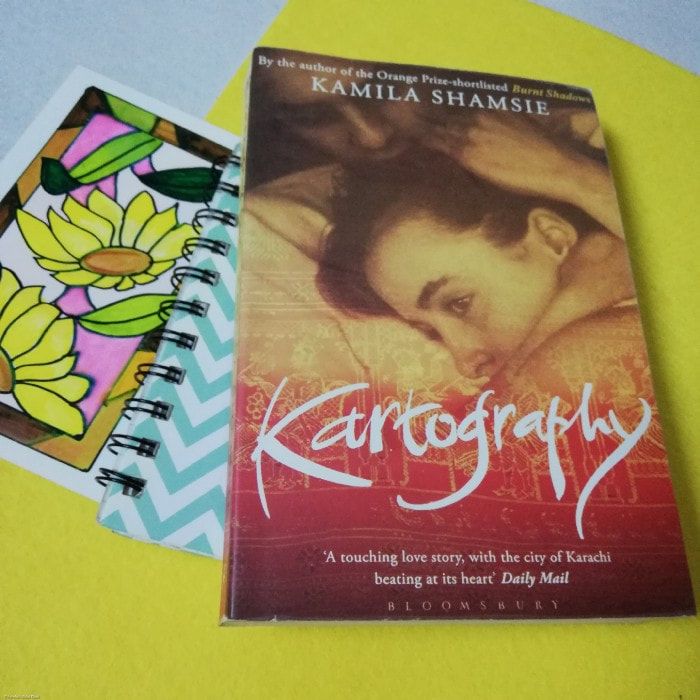|
Kamila Shamsie, Kartography (Boston:Mariner Books, 2001) : 320.
Crux: “Kartography” by Kamila Shamsie is a novel about belonging, in-group and out-group, cultural identity and the resilience of Karachi in the face of violence. The story spans more than one generation, which allows the author to elucidate the implications of different events across history. The novel narrates the story of generations that have seen the bustling city of Karachi bloom, and then face progressive turmoil, like a true sport. Themes:
The narration follows how Karachi turns politically charged after the country’s independence in 1947 and even more after the 1971 war. The protagonists Raheen and her best friend Karim grow up in an increasingly violent Karachi. Being childhood companions, they know each other like the back of their hands and have seen each other’s dreams evolve. Rationale of the Title: One of the central characters, Karim, attempts to chart the map of Karachi. In the book title, the first letter of cartography is replaced with a ‘K’ as a nod to Karachi. Karim, partnering with Raheen, do both the technical and philosophical mapping of the city. Karim tries to name the roads connecting different parts of the town and Raheen notices the significance of each place for the people and the city. The narration is heavy on wordplay and the central characters communicate with each other in anagrams. Summary: The story surrounds the shared equation between the protagonists during the decades of 1980s and 1990s. Together, they have a rather utopian childhood in high society Karachi with their respective parents. The two sets of parents are also best friends among themselves. There are regular flashbacks to the lives of both sets of parents. The parents’ marriages concluded in 1971, the same year when West Pakistan turned into Bangladesh. The parents live through the group tragedy of Pakistan losing a significant chunk of its land in the 1971 war to Bangladesh. Among the four parents, one is a Bangladeshi. Due to a growing anti-Bangladeshi sentiment, a “fiancé swap” takes place among the parents, before they eventually get married. Later in 1990s, the children Raheen and Karim, who are the main characters, continue to observe the cultural and social biases around them. The narrative simultaneously deals with the repercussions of international events on the state level and the level of a family unit. The story progresses with Raheen leaving for the United States for many years to get her degree.Raheen observes that Karim has gradually become evasive. The young best friends become distanced not only by geography but otherwise as well. Eventually, Raheen gets to read an expository letter by her father. The letter answers many of Raheen’s questions. She gets to know that her father understands the personal heartbreak caused by the fiancé swap. The letter also discusses the collective agony caused at the familial as well as the national level due to the broader political events. The father-daughter duo eventually talks things out in an attempt to subdue the gap generated by the historical experiences. Raheen also realizes the reason that made Karim distance himself from her. The story holds that though the different characters have been through the same experiences in history, yet their interpretation of the occurrences is somewhat dissimilar. Recommended Audience: Although the story is complex and emotional, the narration is skillful. The book is a must-read for the people who have their roots or fond memories of Karachi. The novel is an ode to Karachi, and its people. The writing has undertones of longing and nostalgia. The book leaves you yearning for more by the end. “All around us, Karachi kept moving” ― Kamila Shamsie, Kartography
0 Comments
|
AuthorA lecturer and lifestyle consultant by the day; an avid reader and writer by the night, I am a student of life. Archives
March 2024
Categories |

 RSS Feed
RSS Feed